Spaces that work
Why workspaces still matter
12 min read
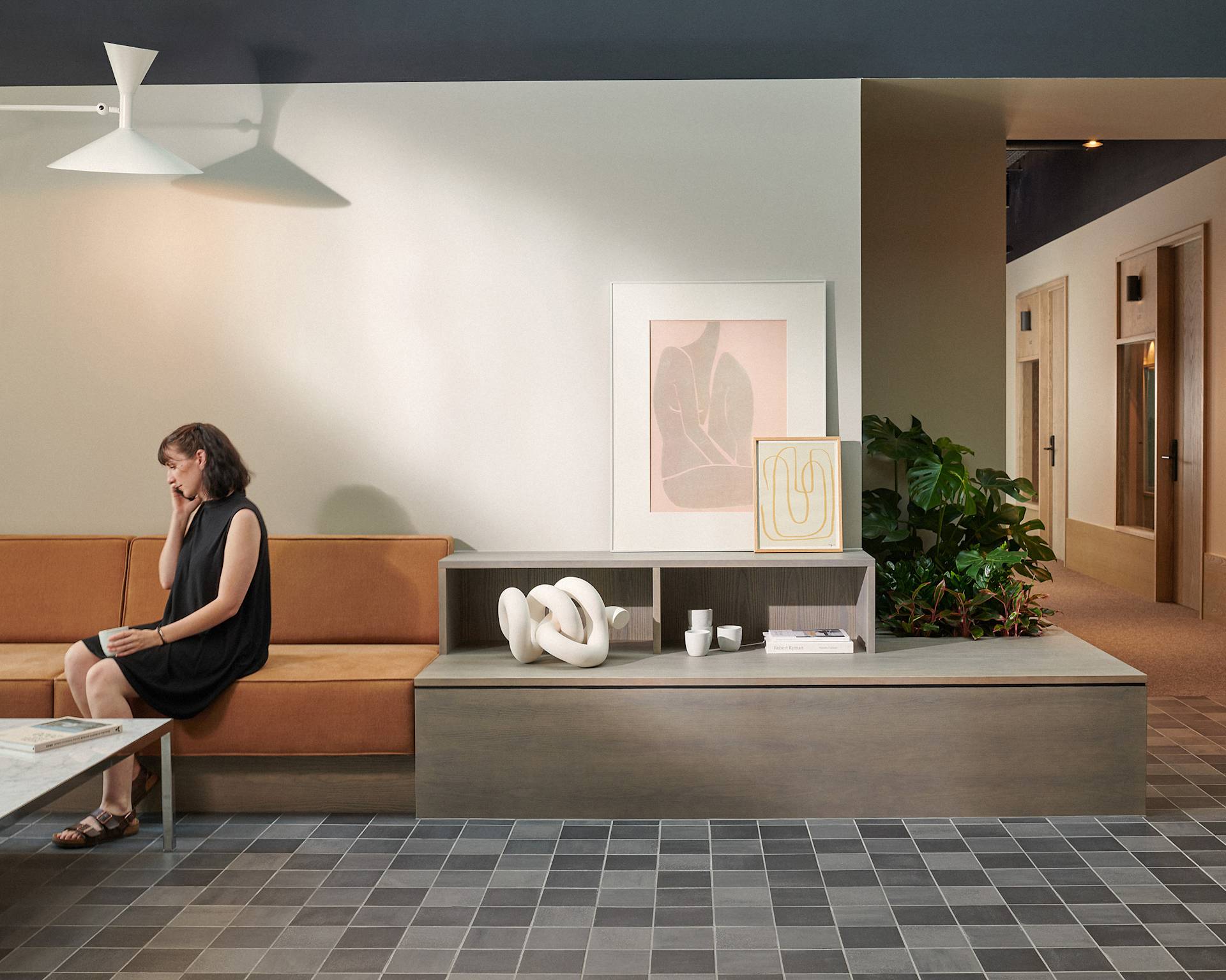
With the pandemic in various phases globally, working from home is still the daily norm for many. While some employees are eager to return to offices and get back to some sense of normalcy, the current situation has afforded companies a welcome opportunity to look at how their workspaces can work better for employees and create meaningful change.
Just as people still read books despite access to TV and digital subscriptions, and shops still exist regardless of our online retail habits, the pandemic has proven there are many reasons why we still need the office. After all, we are biological beings who need real-world interaction with each other to thrive. It, therefore, begs the question: what do we need from our work environments, and how can we reimagine them to imbue our values and beliefs?
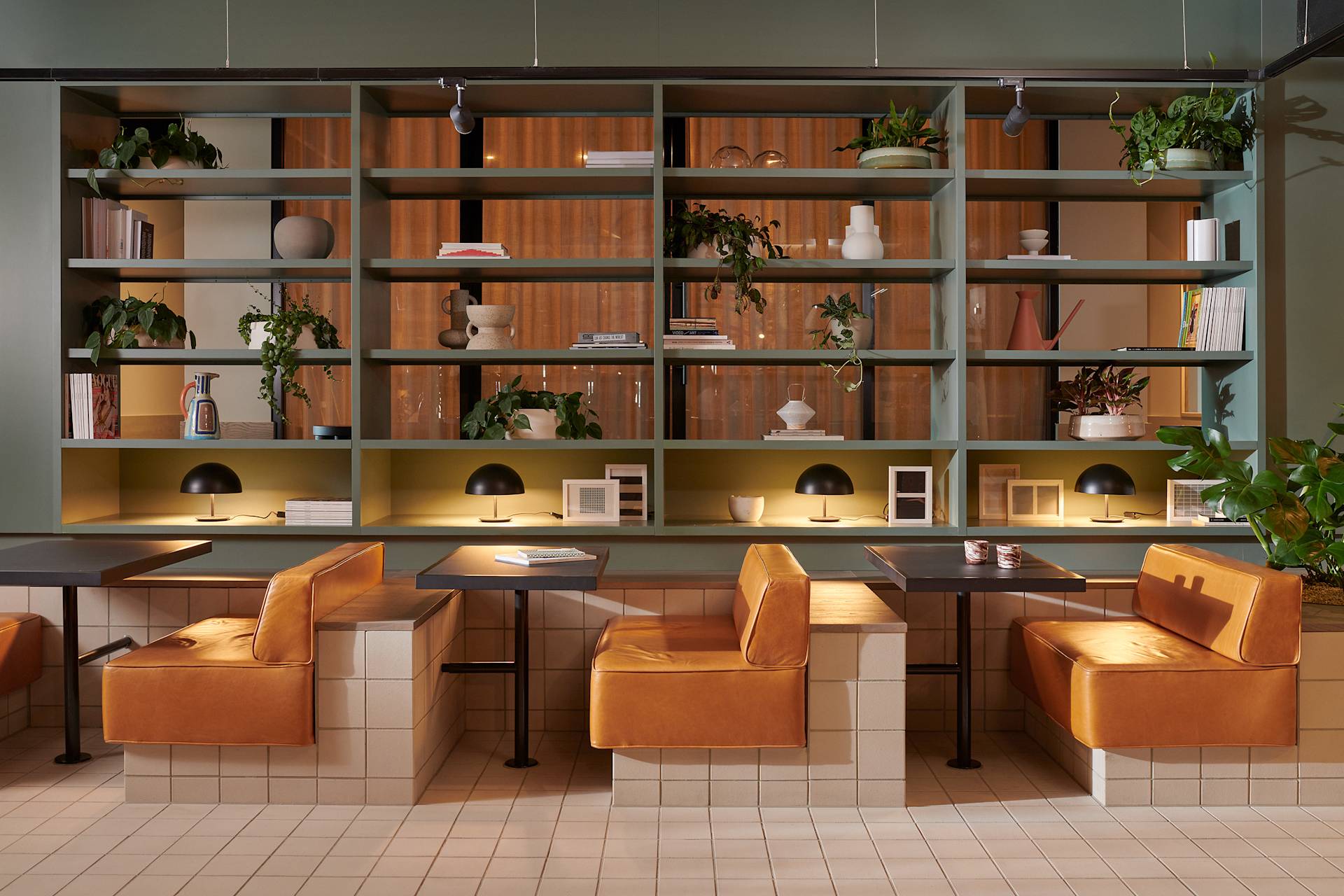
Designing for humans
The pandemic has undoubtedly accelerated the shift from a nine-to-five day to something more flexible that prioritises personal growth and development. The words ‘wellbeing’ and ‘work’ are now inextricably linked, and potential employees are looking to companies who will provide purpose in the workplace alongside health, happiness and lifelong learning. Coupled with the rejection of some of our irrational pre-pandemic work habits, we are starting to recognise that non-linear careers have become the standard rather than the exception. People now desire to feel more connected with work and the company they represent; they want to feel part of something bigger. For workspace design, that means a massive shift from being functional to becoming more human, comfortable and friendly.
It’s why we have seen the hierarchical glass-and-steel boxes of the 20th-century clash with the new ideals of collaboration and collective innovation. Plush club-like co-working spaces have sprung up in their place, providing flexibility, networking opportunities, and cultural relevance – breaking away from previous office confines. The demand for non-central workspaces has also steadily risen in the past 12 months, with workers trying to find the right balance between the comforts of home and social interaction. The Office Group chose this tumultuous time to launch United House in London’s Notting Hill. It was an instant success and is now a hugely popular local hub – providing the right work/life balance when people were questioning the very essence of the office. Its contextual design references the character of the local surroundings and provides a ‘home away from home’ style setting. Soft furnishings are peppered throughout each floor and divide up areas, while terraced house style doorways denote private office spaces.
Ballymore’s latest residential development at Mill Harbour pre-empted the shifts currently taking place in the world of work and integrated communal co-working areas at the core of its residential amenity spaces. Alongside the 1,513 newly created homes, the active community spaces make this development stand out – amenities like a café, a series of co-working spaces and a lounge and concierge along with dedicated post and parcel self-service lockers, an indoor children’s play space and a cycle lab. Such designs see communal areas transformed into hubs for residents, providing opportunities for neighbours to meet and socialise and for residents to pursue more fluid models of life.
The rise of co-working has also encouraged businesses to test out new ‘hub and spoke’ models. This term was coined by the aviation industry when airline carriers trial flights that swap over at central hub locations to combat half-empty flights at smaller spoke-to-spoke locations. In line with this ideology, businesses no longer relying on large, centralised HQs instead focus on smaller ‘spoke’ sites that decrease employee commute time and increase productivity.
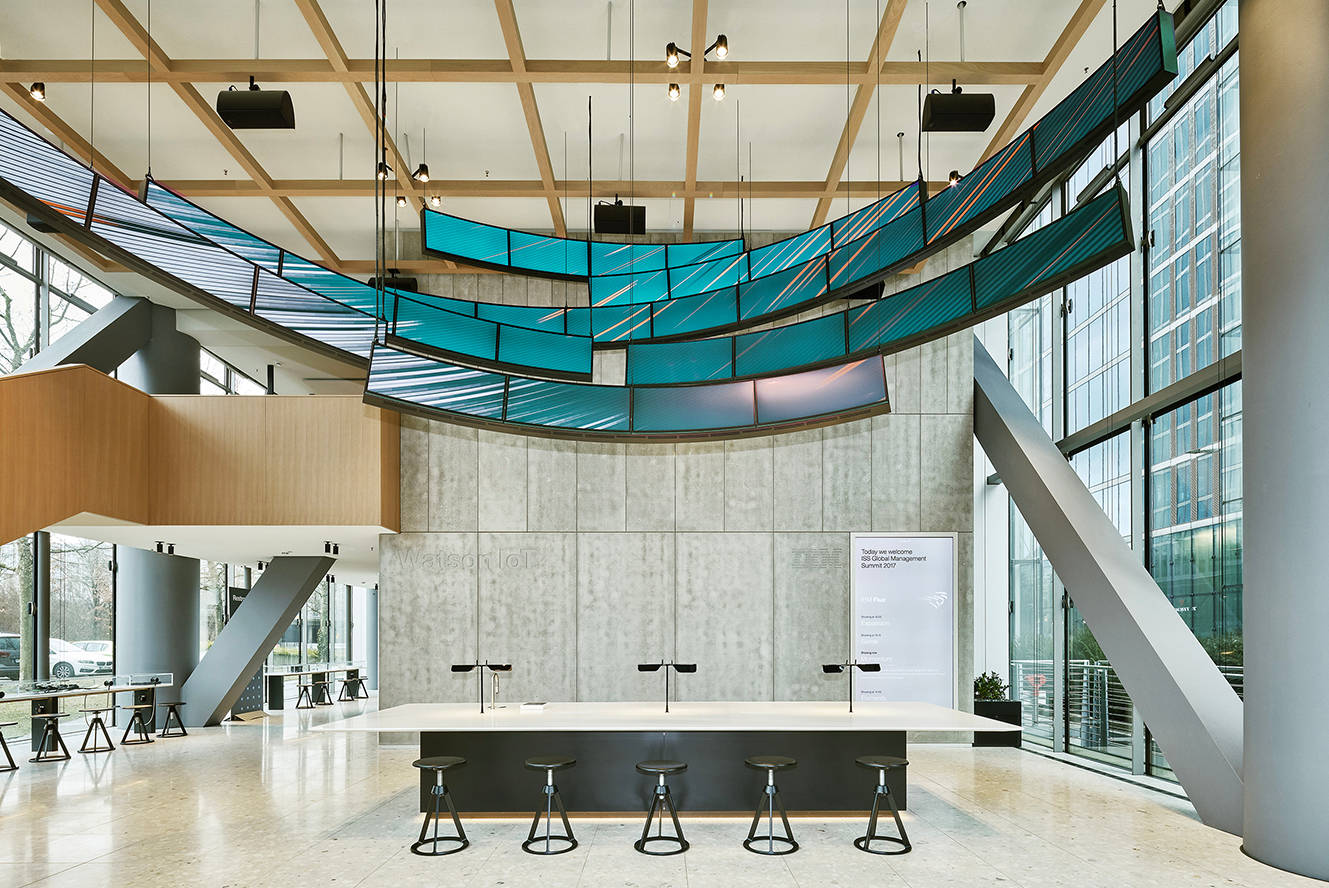
Workplace prerequisites
The ongoing research into the design of workplaces illustrates the desire to create the perfect environment for work. But sometimes, just tuning into our behaviour and needs is good guidance for designing better spaces empathetically. Working from home, many individuals enjoy greater levels of daylight and a stronger connection with the rhythms of the day and the seasons. Companies are using this as an excellent opportunity to create workspaces more in tune with nature and the outdoors. Humans also need variety, and research supports the notion that to be our most productive, we need to have spaces for focused and solitary work and spaces for interaction and serendipitous encounters. While the 20th century has seen the rise of vast open-plan offices, it is slowly coming to light that this great openness may be counterproductive to work as it generates too much noise, distraction and anonymity.
Instead, a more balanced approach is required. The age-old Swedish proverb - ‘wild strawberry places’ - could inspire new workspace design. Responding to our need for downtime and privacy and acting as an underrated gem of a place with a degree of sentimental value, allowing people to focus, daydream or simply hide away for a while. This idea further evolves the office from being a machine of efficiency to a place for being human.
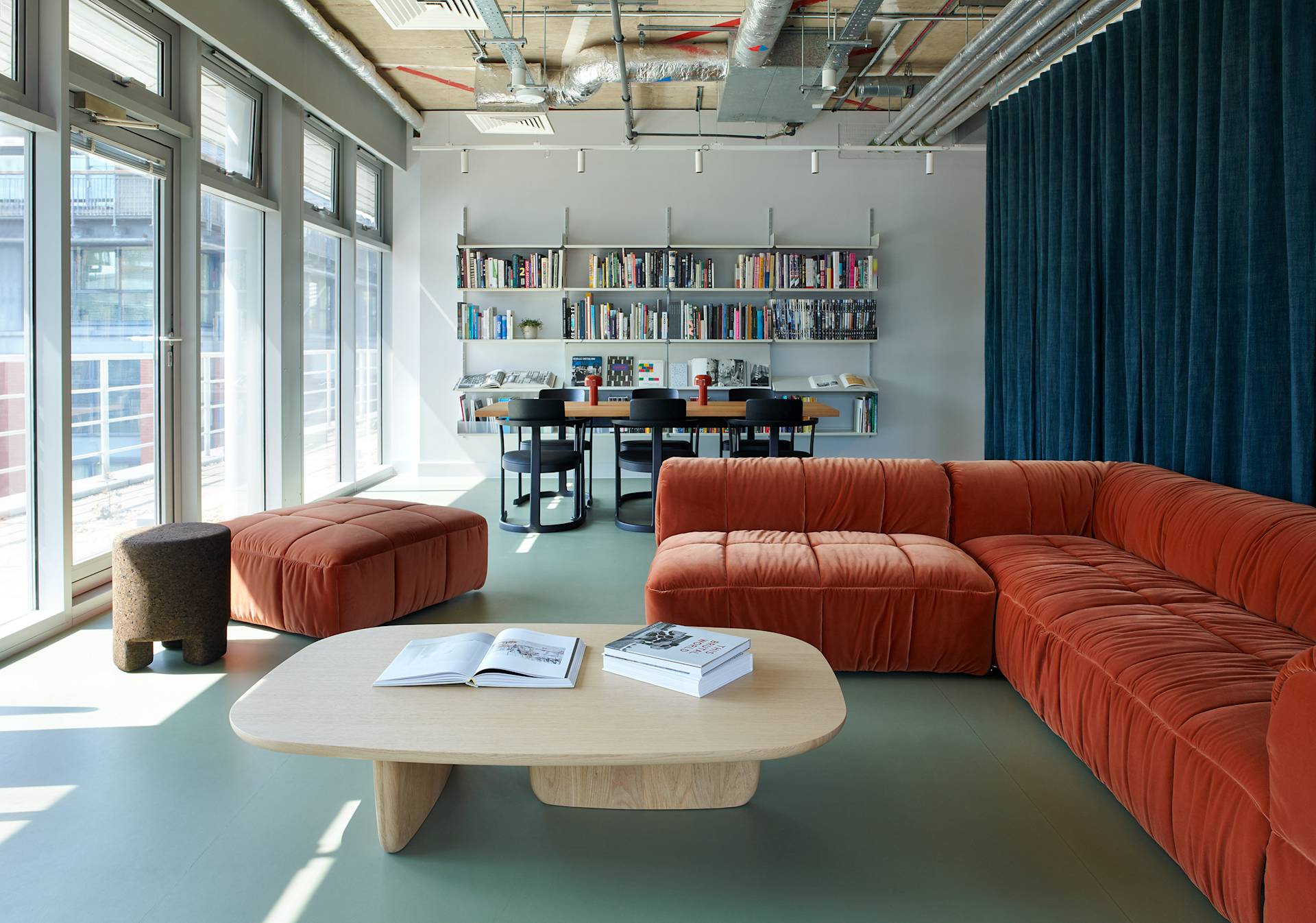
Universal Design Studio in London features spaces designed to allow people to break away from the main studio area. The library houses a generous sofa area and soft finishes such as a floor-to-ceiling curtain cocooning a space flooded with daylight. In contrast, a hidden place at the back of our materials library is home to a simple indented seating area that faces outwards with St. Paul’s cathedral views. Crucially, spaces like these make us feel good. What’s more, well-designed spaces that are beautiful and use quality materials with well-thought-out layouts can elate us and give us a different perspective that duly nurtures our wellbeing. The workplace as a great leveller not only offers all workers – regardless of gender or background – a chance to be productive, happy and safe, and also has the power to motivate us and make us feel part of something bigger. It can transport employees into a different world, which many workers have expressed frustration about while working from home. But more than this, workspaces need to be thoughtfully crafted and the importance of the finer details considered - how it feels to rest your arm on a chair, how a door handle feels in your hand, or how a curtain moves in front of an open window. Rather than a grandiose gesture, these small and soft moments make up how we experience a space.
Purpose and meaning
In 2021, workspaces play a crucial role in society; they are the cornerstones of our economies and provide a stage to bring together people from different age groups and walks of life to master a businesses’ collective endeavour. Indeed, they expand our horizons, but they also provide a shared sense of purpose. The experience of living through the pandemic is likely to make us emerge with a heightened sense of what we want from life and a desire to spend it well. The collective experience of crisis will accelerate people’s need for purpose and meaning. Therefore, the architecture we inhabit will need to nurture us and engage with us emotionally. Workspaces that foster connection, give back and create meaning for users will lead the future.
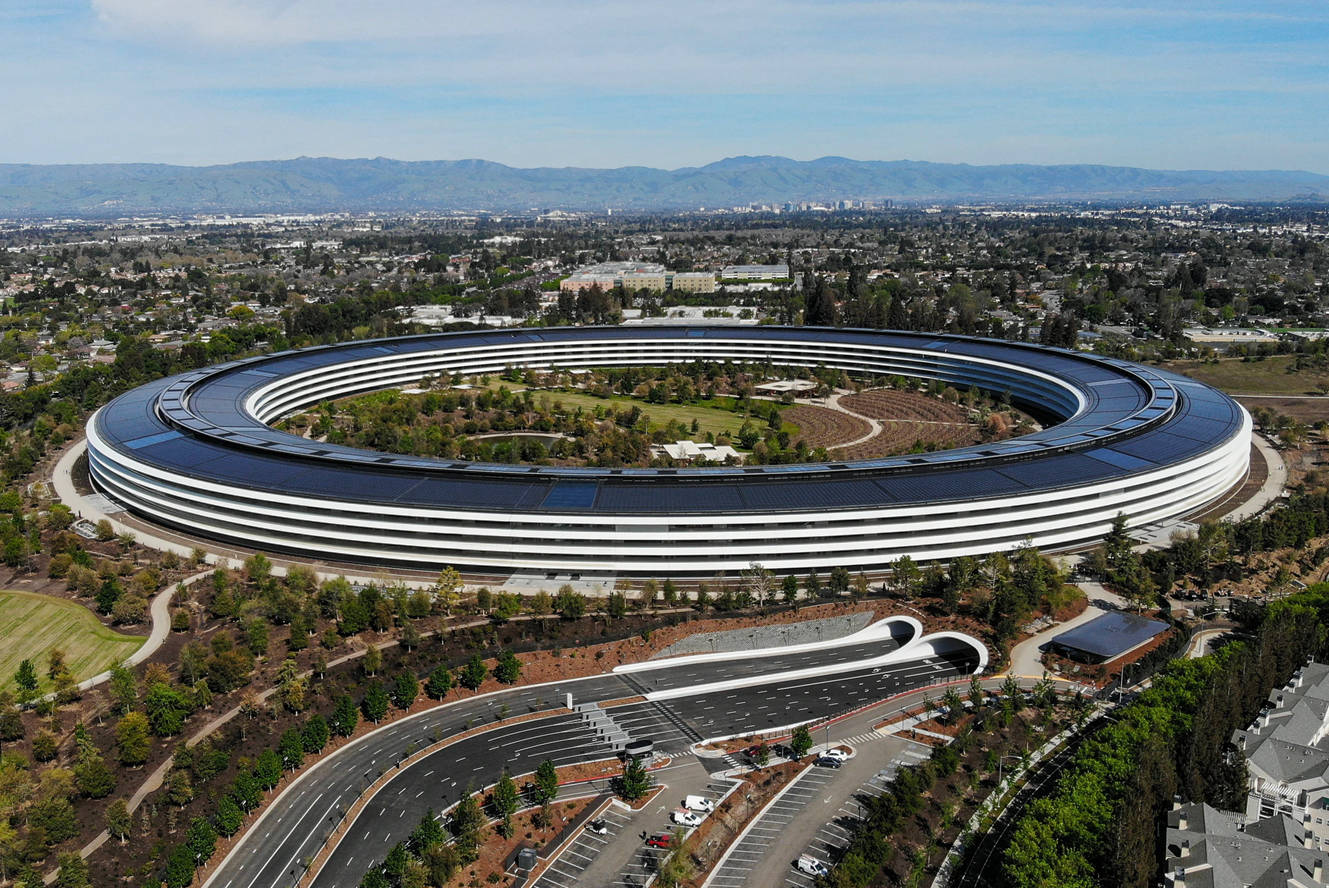
Design as identity
Offices have long stopped being solely functional – they have the license to be characterful, beautiful and comfortable. Following the lead from co-working brands like NeueHouse that use design-led spaces to galvanise their employees and stand out from the crowd, businesses now recognise that such workspaces can express what they stand for through architecture and design, attracting and retaining top talent.
The current crisis is likely to accelerate the need for offices to become company ‘homes’ - places for colleagues to connect and collaborate with each other. These spaces will provide a feeling of belonging to an increasingly remote workforce, a place you visit perhaps less often but with more intent. One of the most notable examples of this is Apple’s campus in California – the impressive, oversized doughnut set into a lush, landscaped park imbues the company’s ethos and values of quality design, innovation and relentless attention to detail.
The design of workspaces provides a tool to respond to their context, be it historical, cultural or social. We have seen the slow erosion of local identity and idiosyncrasies through global brands and companies, culminating in a sprawling global sameness that makes it hard to distinguish one place from another. But now more than ever, localism and geo-cultural relevance make spaces more interesting and engaging and integrate them better in their surroundings. Rather than using a cookie-cutter principle to design, workspaces need to take note of their environment and respond to it and enhance it. By doing so, they become an active part of a thriving community.

Design at a catalyst
Design can be transformative in its effects, impacting our daily lives in small yet meaningful ways – making a task more accessible or more enjoyable, heightening our concentration or allowing for productive teamwork. Design can also express and shape a company’s culture positively. British Land’s flagship project 100 Liverpool Street is an excellent example of how a company can transform their approach to a corporate lobby space. Indeed, instead of being a traditional cold and intimidating space, it was designed to extend the public realm, inviting the public in and humanising the otherwise potentially intimidating experience. An espresso bar provides a point of activation – socially and olfactory – and signals the shifts in corporate culture.
Design is also a catalyst for behaviour and emotions because the architecture of interiors can transport us. Working from home may enable people to cosy up with a cup of tea and a laptop on the sofa, but that comfort does not necessarily suit all tasks. Being confined to your house isn’t the most nurturing ground for ideas, so consequently, some of us miss colleagues while others miss the busyness of an office as a source of energy and inspiration. For this reason, it’s now apparent that introspective environments need to counterbalance those that offer a different, bigger perspective.
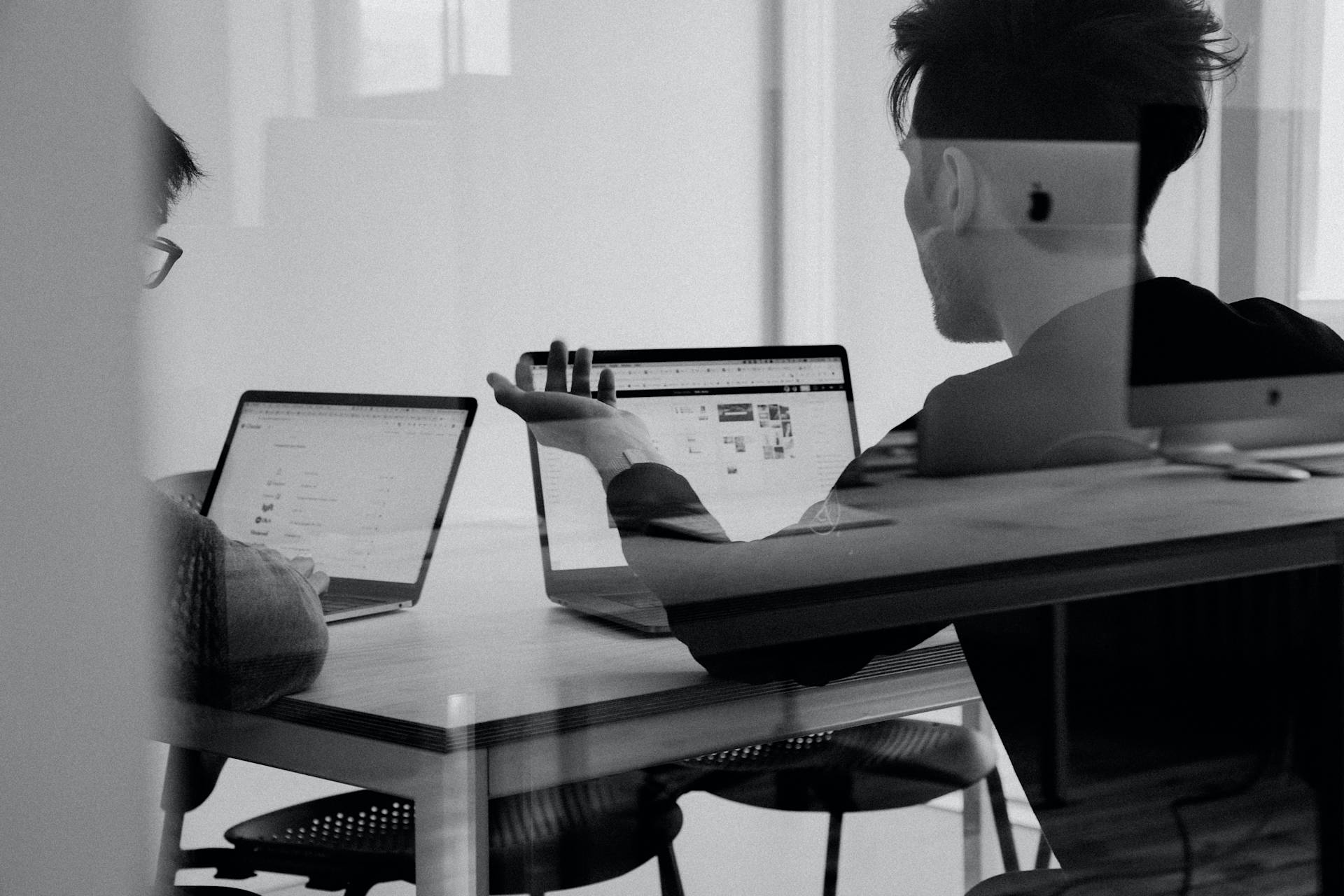
New Hybrids
As our existence becomes increasingly fluid – switching between identities and roles while seamlessly weaving one area of life into the other regardless of where we are – it does mean that the spaces we inhabit should no longer remain singular in their use. We must not silo the future office solely into a ‘work’ function because decades from now, standalone office spaces might be a thing of the past. “The place where I work” may be replaced by “one of the places where I work, and where other activities happen, too.” In this respect, hybrid typologies could form a key answer for the future resilience of buildings.
Businesses have started responding to this shift by mixing and merging functions intuitively and organically. The now-ubiquitous typology of the bike shop-café is an obvious example, but others do so in a more calculated way. Some large fashion brands include food and beverage areas in their stores to increase dwell time and footfall, such as Arket’s cafes or Raw Press at Wolf & Badger in London’s Coal Drop’s Yard. In this regard, hybrid typologies can be seen as a marriage and trading of two issues to mitigate or resolve both. The resulting mutual benefits can be multiple – from financial resilience, space efficiency, future proofing, extended audience reach, cross-pollination from different user groups, space activation, enriched experiences, and purpose.
More than the sum of its parts
Community-focused buildings already exist, operating through more of a ‘guerilla’ program. One example is Haggerston’s Rose Lipman Building, occupied by various businesses – from Notting Hill Carnival’s foremost costume makers to a theatre company and a quarterly loft party, Lucky Cloud. As the former Hackney Archives and Library in De Beauvoir Town, it wasn’t designed for any of these uses, but the community has activated the space in a new way, something that we will see become more commonplace in the future.
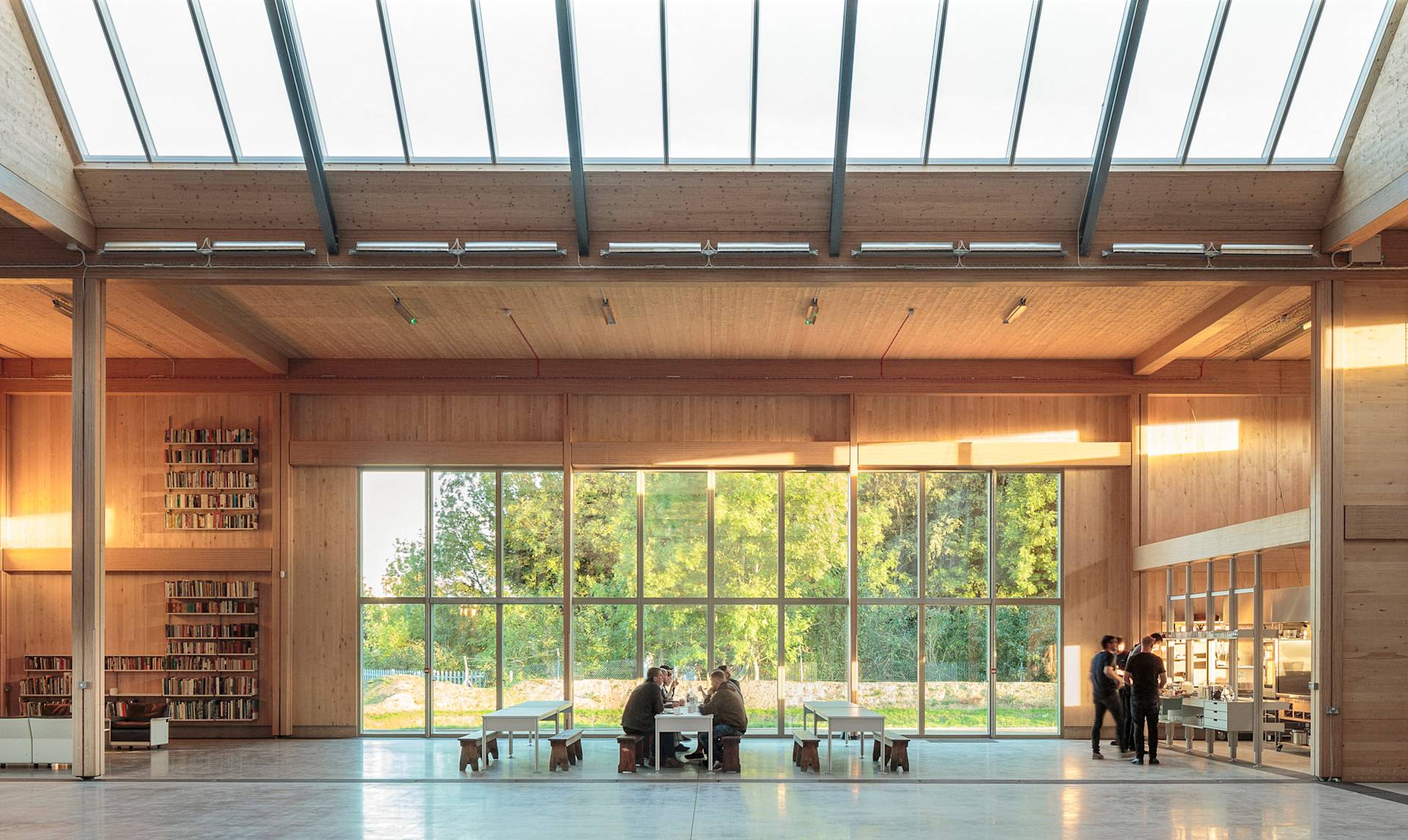
Another excellent example of this trend is the Vitsoe manufacturing facility in Leamington Spa, which has given over a part of its space to the Motionhouse Dance Company. Loud music blasts through the hall during training times and the dancers and furniture makers share lunches in the canteen. Both sides benefit in multiple ways – the dance company uses the wonderful tall and light-filled space of the production facility. At the same time, Vitsoe’s workers experience an entirely different way of working.
Once-buzzing business and retail centres are undergoing fractious changes, and it’s a stark reminder of the need to review our cities’ monoculture of functions. There’s evidence that local neighbourhoods are starting to mix parts on a macro-scale – from urban farms to micro fulfilment hubs and a return of manufacturing to urban areas.
We are seeing new ways of using a city’s fabric in response to economic and environmental conditions. In the context of workspaces, this might mean they merge with other spaces in retail, hospitality or education even. As we look to working more ‘locally’, spaces that traverse multiple uses can take shape as ad hoc working environments. Various user groups can then use spaces designed with the ability to transform and flex for numerous functions. A space that is a coffee shop, gallery and workspace by day could transform into a studio or community space by night. Giving a building a daily lifecycle writes adaptability, resilience and sustainability into its very DNA.
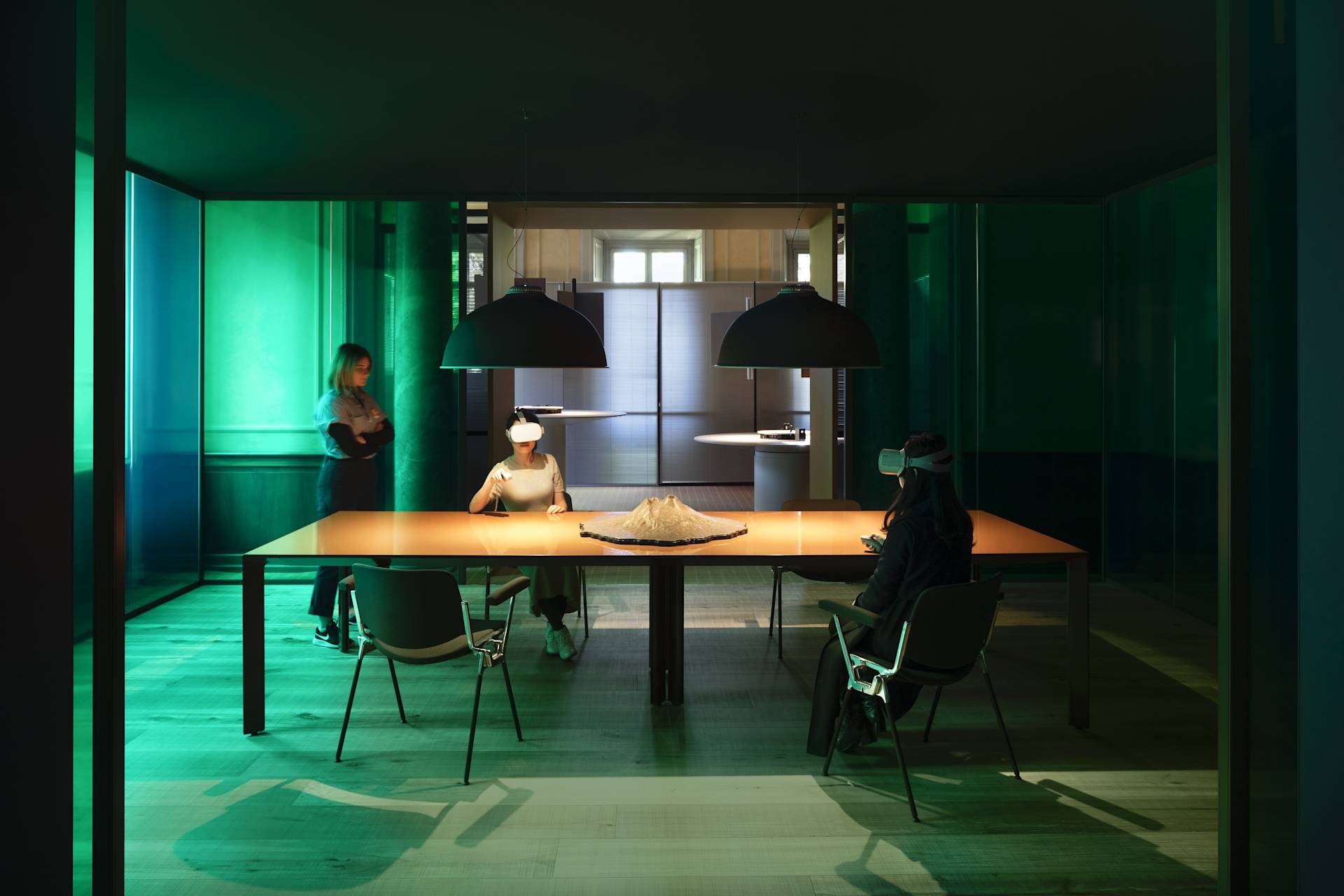
A tool for innovation
A hybrid is a tried and tested way of introducing new concepts while remaining rooted in the security of the established system; where the new technology doesn’t reach – for example, on long car journeys – the old system kicks in as a backup. It is essentially a stopgap until the full adoption of the new technology (in this instance, the possibility of broader access to fast battery charging) that will eventually supersede the hybrid approach.
Applied to spaces, introducing a novel function to an existing typology, if successful, will eventually generate a new typology and change social practice. A hybridisation of hospitality and retail seemed radical when it first appeared, but the shiny espresso machines we see in every fashion boutique nowadays has now become an expected norm. Inventiveness and creativity in mixing functions might transform the way we do everyday activities.
With radical change comes questions, and only time can tell whether we have the answers: For example, can society use this as a vehicle to generate social innovation? If so, how will economic and societal challenges impact the mixes within new hybrid spaces? Many will rightly query how we are connecting to local communities and how spaces can serve them. And perhaps, most pertinent of all, can we create spaces that genuinely fulfil our desires for purpose and engagement?
Here’s hoping that we can.
All opinions expressed throughout this article are the author’s own and do not necessarily represent those of AKQA or its affiliates.